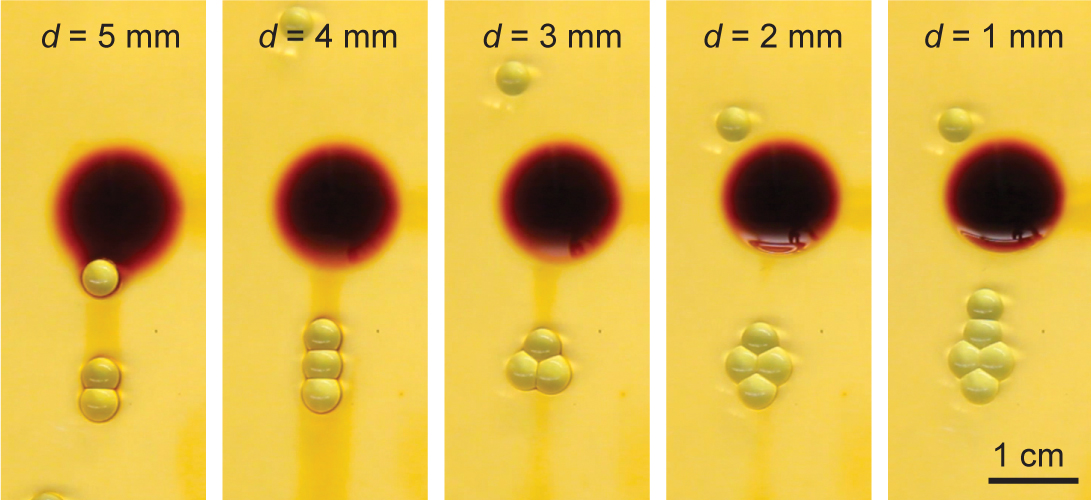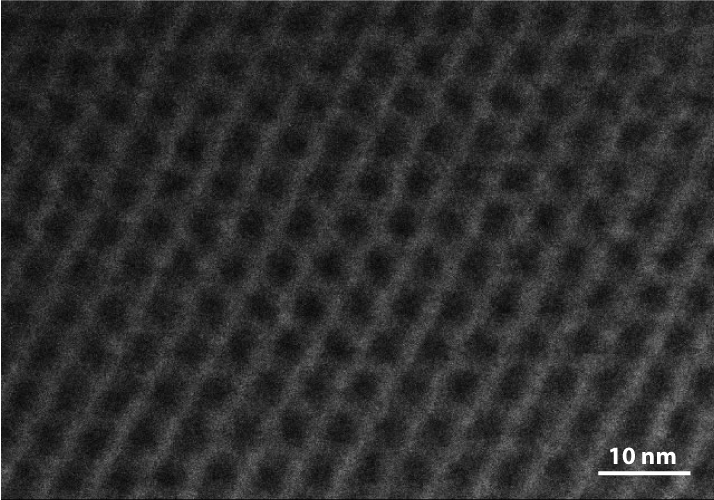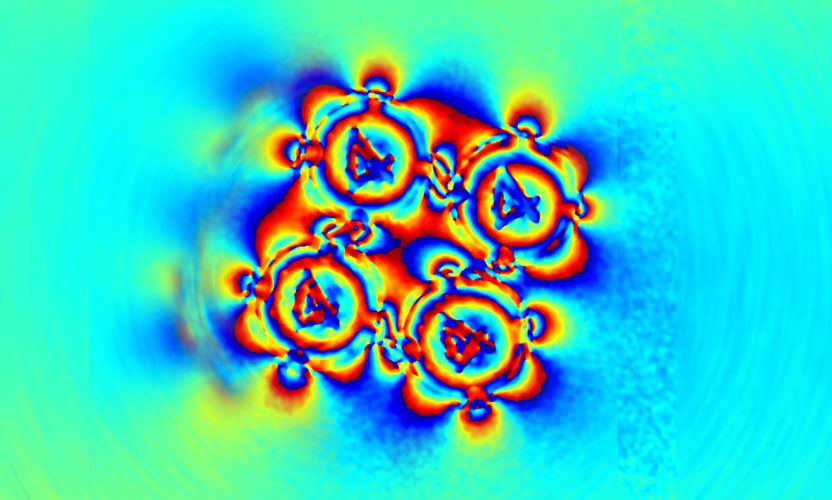
Programmable matter embeds information in its structures and properties. Active matter consumes energy to move and to interact with environments. Programmable active matter combines information processing and energy transduction in one material or one materials system. Both living systems and robotic systems are examples of programmable active matter. Think of DNA and metabolism for the former, and codes and battery for the latter.
In the PAM lab, we are working at the intersection of engineering and physical sciences. We ask fundamental questions: What are the physicochemical representation of information in living and life-like systems? How to measure and quantify information content and information processing in living or life-like systems? We also ask practical questions: How to construct life-like materials or materials systems? What functions could they possess? What applications could they have? In particular, we seek to employ techniques in robotics and data sciences to build automation platforms for developing functional life-like materials and materials systems.
In the PAM lab, we believe that research is an act of creativity. We help lab members to develop both technical skills and creative skills that will enable us not only to solve specific technical problems but also to see the big picture, to formulate research questions, to judge the quality of ideas, and to execute those ideas.


